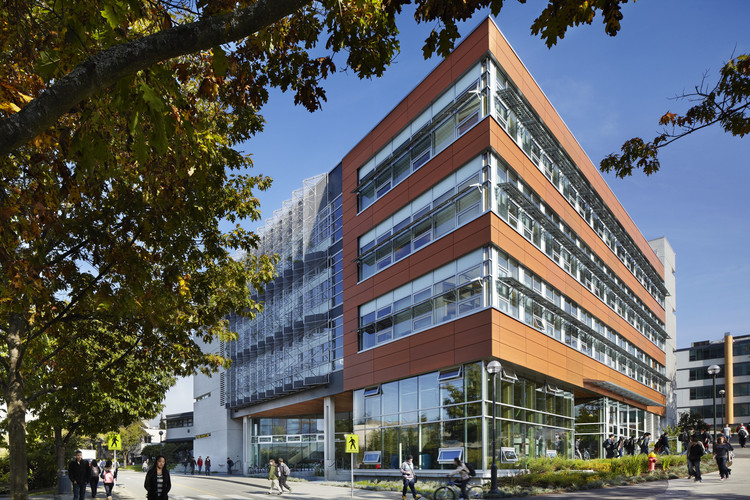
This article was originally published on Autodesk's Redshift publication as "7 Tactics for Meeting the Architecture 2030 Challenge and Beyond."
As the impacts of global climate change escalate, forward-thinking architecture firms have committed to being part of the solution. Increasingly, these firms are signing on to the 2030 Challenge and American Institute of Architects’ supporting initiative, AIA 2030 Commitment, which provide a framework to reduce fossil-fuel dependence and make all buildings, developments, and major renovations carbon neutral by 2030.
The 2030 Challenge has been adopted by 80 percent of the top 10 and 65 percent of the top 20 architecture, engineering, and planning firms in the United States, as well as many state and local government agencies. Among these are Eskew+Dumez+Ripple (EDR), a New Orleans–based architecture and planning firm; HOK, a global design, architecture, engineering, and planning firm; and CTA Architects Engineers, an integrated design, engineering, and architecture firm with offices throughout the Western United States and Canada. Here, five professionals from EDR, HOK, and CTA share seven key tactics they’ve employed to move toward the 2030 target—and a sustainable future for the planet.





